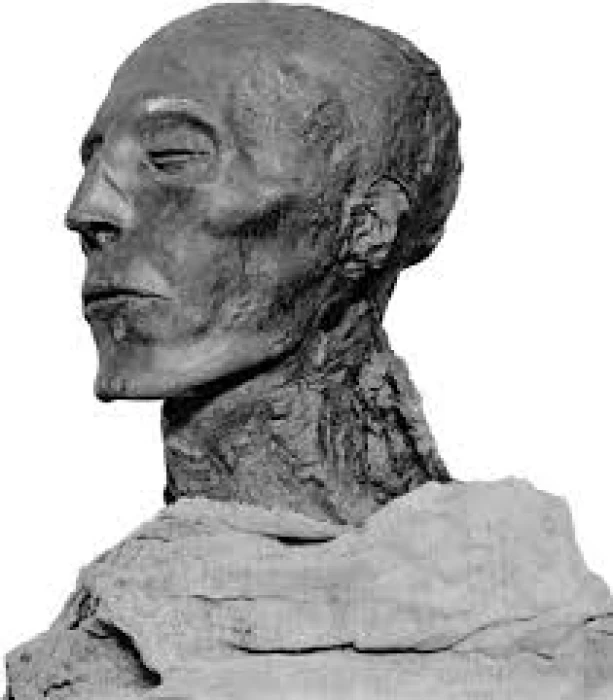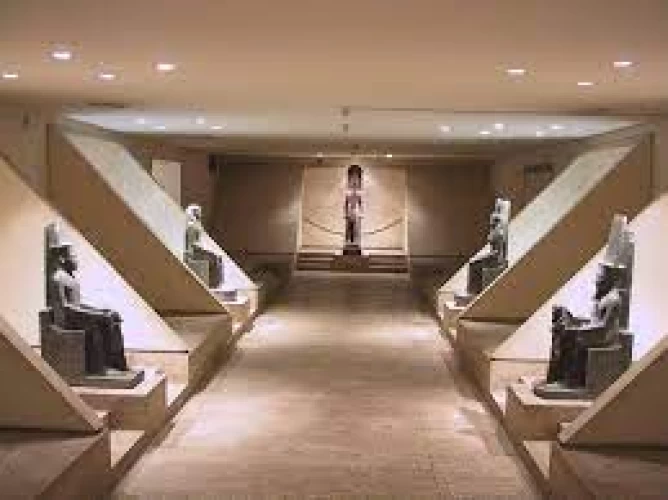
King Seti I
Roi Séti Ier
Seti I était le deuxième pharaon de la 19ème dynastie. Il est également considéré comme l'un des plus grands rois du Nouvel Empire. Il a reconquis la plupart des régions pour l'Égypte et a accompli la plupart de ses campagnes militaires avec des victoires.
Il a mené de nombreuses campagnes militaires en Syrie, en Palestine et en Libye. Il a également commencé une ère d'ordre et de restauration. Il a continué à construire la Grande Salle Hypostyle au temple de Karnak.
Le luxueux tombeau de Seti dans la vallée des Rois, près de Thèbes, et son temple à Abydos sont des bâtiments de conception remarquable. Sa momie a été retrouvée en 1881 à Dayr al Bhari.
Au sommet de l'actuelle ville de Louxor, sur la rive ouest du Nil, se trouve la tombe égyptienne connue sous le nom de KV17, qui fait partie de la nécropole de la Vallée des Rois. L'une des tombes les plus exquises et les plus complètes de la propriété appartenait à Seti I, le deuxième roi de la dix-neuvième dynastie.
















